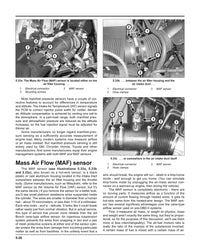Haynes explains… spark plugs
Renewing a motorbike’s spark plugs is one of the easiest jobs a home mechanic can carry out with a few basic tools. The intervals at which you change your bike's plugs vary from model to model, though. Some motorcycle manufacturers recommend replacing them every few thousand miles, while others stretch this to around 20,000 miles.
Your Haynes manual will show you your bike's spark plug, as well as specifying which plugs to fit and what the electrode gap should be, along with the spark plug torque setting.
The process of removing and replacing your bike’s spark plugs is straightforward, but there are several things to be aware of before you begin the task.
The Haynes video tutorial below shows you what's involved in the process of swapping out your bike's plugs and how and if you should check the electrode gap, depending on the plug’s make-up.
How to work out how healthy your engine is by inspecting the spark plugs
The appearance of the plugs can give an indication of the general condition of the engine; the following pictures show a range of conditions on a conventional plug's firing end.
A brown, tan or grey firing end
Indicates that the engine is in good condition and that the plug type is correct

Light brown ash deposits
Encrusted on the electrodes and insulator, these will lead to misfires and hesitation. Caused by oil in the combustion chamber or poor quality fuel

Dry, black carbon deposits
Lead to misfires and a weak spark. Caused by an over-rich mixture, faulty cold start system or blocked air filter

Wet oily deposits
Lead to misfires and weak spark. Caused by oil leakage past piston rings or valve guides

Blistered white insulator and glazed electrodes
Caused by an ignition fault or overheated engine



























